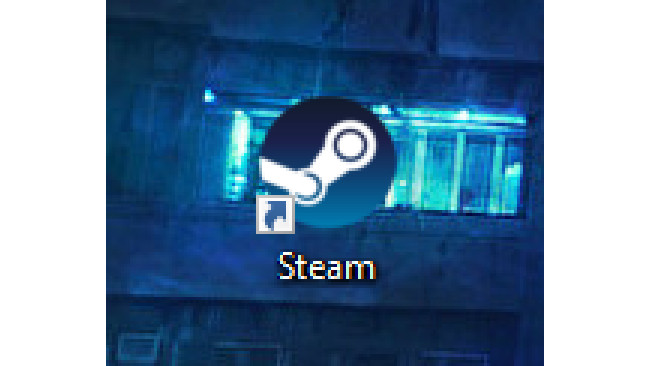

This mode is a good balance between performance and image quality and allows you to enjoy the capabilities of DirectX9 to some extent.įull Dynamic Lighting - This mode uses full DirectX9 rendering, including full use of dynamic lighting. Be aware that HDR lighting will also be automatically turned on and cannot be turned off. With full dynamic lighting, shadows from trees will be more detailed and will be able to move around the subject and change their shape as the sun moves. For example, take a look at a tree, when the sun rises, in this mode the shadows keep the same size and shape. Some fixed objects, such as trees or buildings, will continue to cast shadows, but those shadows will not dynamically interact with lights - they are linked to lightmaps. Most objects in the game world will not cast shadows. Dynamic Object Lighting - in this mode full DirectX9 is used, although dynamic lighting is at a minimum, the only limitation is how the flashlight reacts to objects. This mode is recommended for everyone who cannot make Stalker work smoothly regardless of the settings you set. The DX8 uses conventional Static Lighting, which requires a less powerful graphics card and provides better performance. Dynamic Lighting is the realistic interaction of moving lights with objects, such as displaying correct shadows. In DX8 mode, Dynamic Lighting is completely turned off, as are specific effects such as HDR (High dynamic range imaging)). Static lighting - Although Stalker requires full DirectX9 support on your graphics card to run, selecting this option switches Stalker to DX8 rendering mode. This option allows you to choose between Static Lighting, Dynamic Object Lighting and Full Dynamic Lighting. Render type - This setting determines which renderer is currently used to generate in-game graphics and therefore has a priority effect on the overall visual quality of the picture and performance in the game. You can read a description of the available settings below: Lighting types To get to the in-game settings, start Stalker and press the Options button in the main menu. Each computer is unique in its components and the parameters that it possesses, so that two people with the same visual, but different processors, can have completely different frames per second in a particular scene.

While I am trying to identify the influence of the settings on each other, it is impossible to determine the most successful parameters (for which, for example, + 10% increase in fps), because it all also depends on the specifics of the hardware, and your other game and system settings in combination with each other. In this section, I provide you with a full description, comparative screenshots and recommendations for Stalker's in-game settings, allowing you to personally determine the balance between image quality and performance.


 0 kommentar(er)
0 kommentar(er)
